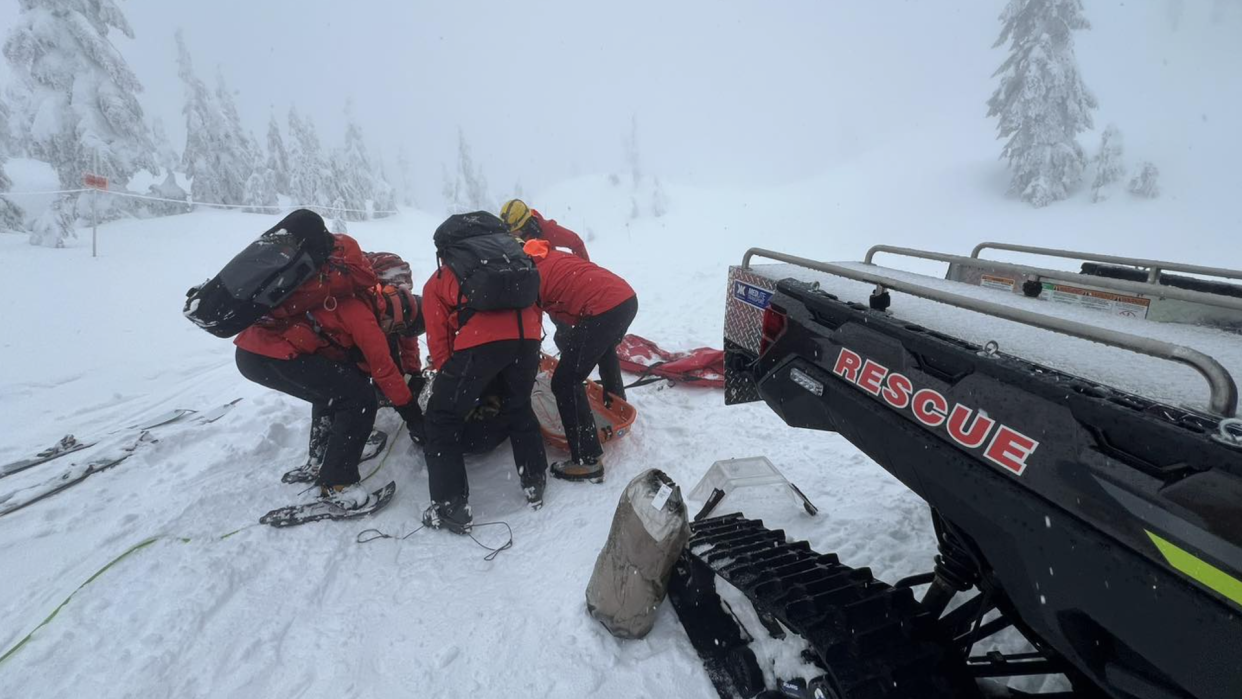“Plan for the worst" – two more hikers rescued by snowcat from Colorado 14er trail after area socked by snow

Recent heavy snowfall in Colorado has kept mountain rescue teams on their toes, with a second dispatch to the same trail in less than a week taking place yesterday morning.
According to a social media post, El Paso County Search and Rescue were called to the Barr Trail near Manitou Springs again to aid two hikers who were stuck and unable to continue. The area has received as much as four feet of snow during a recent storm system.
"Our warmer temperatures have been quickly melting the snow in town, but there is still a LOT of snow at higher elevations," warns EPCSAR, revealing that they required the use of a snowcat to reach the hikers. In the post, which you can view below, they share photographs of the snowcat breaking trail in the dark, while the the hiking trail is completely obscured by snow.
"We’re happy to report that all parties were safely returned to less snowy ground, and our team members are getting some much-deserved rest."
Posted by epcsar on
The rescue came just days after another mission to the same trail, on Friday, with a sick hiker requiring aid. In that instance, rescuers transferred the patient to the Manitou Incline Trail in a stretcher for an easier extraction back to the trailhead. Following that rescue, EPCSAR warned hikers to "prepare for the worst" in an interview with KKTV and urged hikers to tell someone your hiking plans, turn around if you get cold, tired or unsure about your trail and don't be afraid to call 911 when you realize you may need help.
The historic Barr Trail is a popular 13-mile trail in the Pike National Forest that leads from Manitou Springs to the summit of Pikes Peak, a Colorado 14er. It is the route of the challenging Pikes Peak Marathon. Even in the summer months, the trail is rated as difficult and in winter, traction devices are required and it is often impassable.

